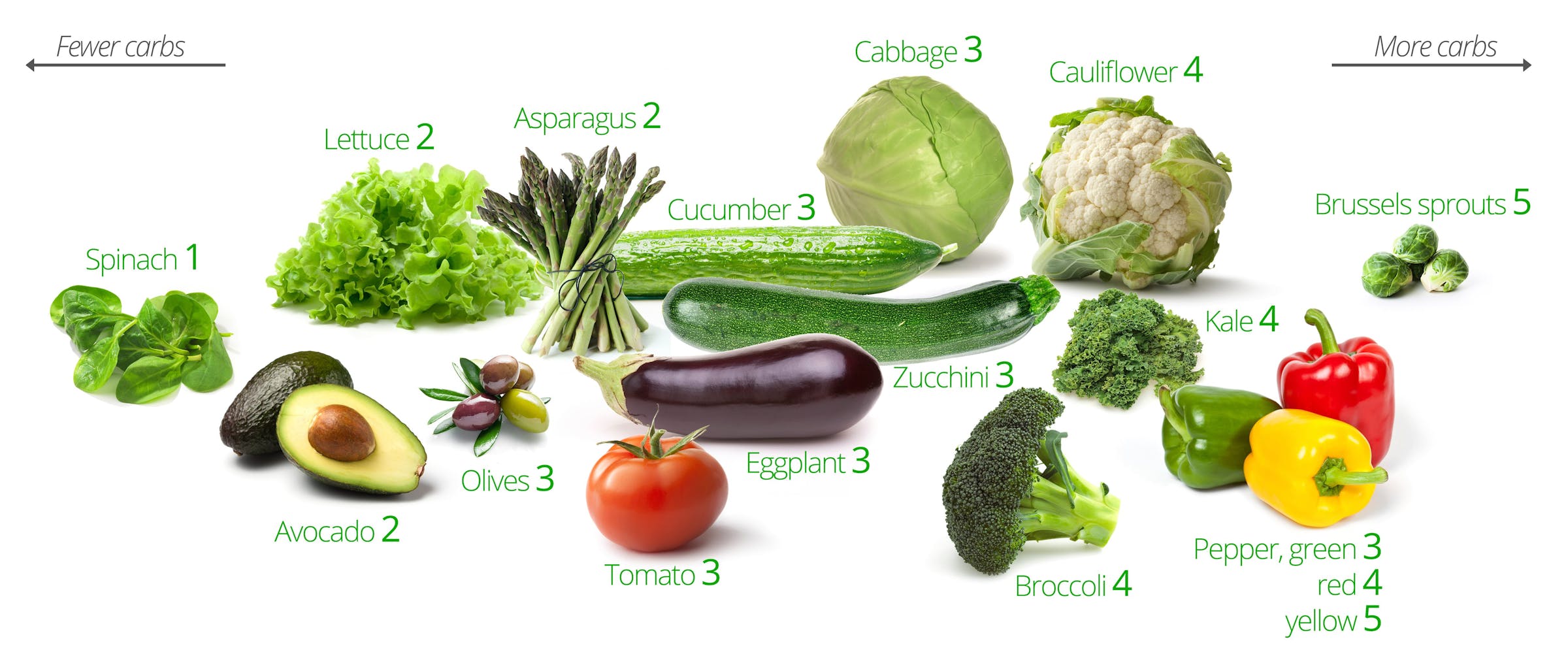Lower carb options for traditional high carb foods:
mashed potatoes: mashed cauliflower or mashed celeriac work very well, add butter or splash of cream if doing LCHF. I like to add garlic and herbs.
Chips: celeriac works well instead of oven chips, or cut courgette into a fat chip shape and coat in egg and almond flour ‘batter’ and bake into a courgette fritter/chip
Dauphinoise potatoes: Celeriac works really well in place of potatoes, add plenty of cream, butter and garlic for a LCHF version.
Pasta: "pasta" quills - use courgettes slices into sort of chunks instead, steam or cook briefly in boiling water – don’t overcook or like pasta it will go mushy, serve with low carb sauce.
Small patty pan squash cut into quarters also work well, cook until just tender.
for fettuccini or tagliatelle – can use courgettes cut into thicker strips
for spaghetti - spaghetti squash is great when I can find it or can use courgette ( I use a julienne peeler much cheaper than a spiraliser ) but needs to be cooked gently or it will fall apart, I normally add to sauce to be warmed up
for cannelloni pasta tubes - I use aubergine slices rolled around the filling or leeks carefully sliced to open them into a sheet and then rolled around the filling .
for lasagne sheets - aubergine or courgette sliced lengthways or leeks folded all work well, don’t need precooking.
Bread - use nut flours instead of wheat flour, lots of recipes on forums such as oopsie bread or almond flour breads, I add a spoonful of ground flaxseeds to add fibre to the ‘bread’
Wraps – large lettuce leaves make great sandwich filling or burger holders
Crisps - melted cheese blobs is yummy
Nachos – use thick strips of raw pepper to serve guacamole or chilli beef etc
Gratin/breadcrumb topping - Almond or coconut flour instead of bread works great, add savoury seasoning such as herbs or garlic for gratin toppings etc as the nut flours can be a little sweet.
Crumble topping – use ground almonds instead of wheat flour for sweet crumble topping, fruits don’t need any extra sweeteners or sugar, add cinnamon and mixed spice for added sweet taste without needing sugar, serve with double cream for extra sweet taste.

 you can use my fitness pal app to work out carbs in a home prepared meal, and it will also tell you the total cals too.....what we all need to keep in mind is as diabetic our bodies have stored and are finding it hard to deal with excess glucose...so it's important to understand what foods and HOW much we need to eat to bring down our excess levels, so all the best on your journey to getting your bs's under control. Clive
you can use my fitness pal app to work out carbs in a home prepared meal, and it will also tell you the total cals too.....what we all need to keep in mind is as diabetic our bodies have stored and are finding it hard to deal with excess glucose...so it's important to understand what foods and HOW much we need to eat to bring down our excess levels, so all the best on your journey to getting your bs's under control. Clive